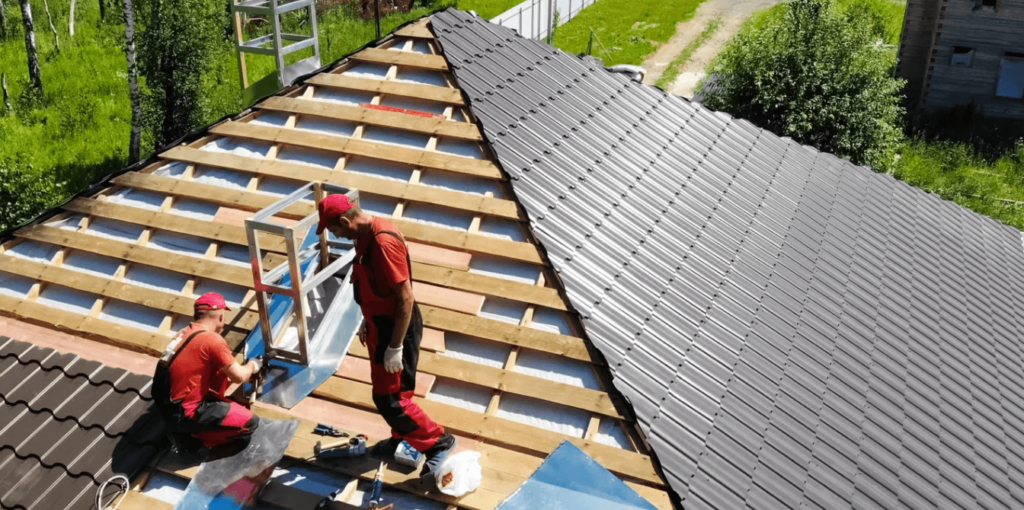
Maintaining the integrity of a commercial building's roof is crucial for protecting assets and ensuring business continuity. In this blog, we'll delve into essential roofing maintenance practices tailored specifically for commercial properties, helping property managers and owners safeguard their investments and prolong the lifespan of their roofs.
Regular Inspections
Implement a routine schedule for comprehensive roof inspections to detect any signs of damage or wear early on. This proactive approach can prevent minor issues from escalating into costly repairs.
Clear Debris
Remove debris such as leaves, branches, and litter from the roof surface and gutters regularly. Accumulated debris can block drainage systems and contribute to water pooling, leading to potential leaks and structural damage.
Inspect and Maintain Roof Drainage Systems
Ensure that roof drains, scuppers, and gutters are clear of obstructions and functioning properly to facilitate efficient water runoff. Address any clogs or damage promptly to prevent water accumulation on the roof.
Address Ponding Water
Monitor for areas of ponding water on the roof surface, as prolonged ponding can compromise the structural integrity of the roof and lead to leaks. Investigate the underlying causes of ponding and take corrective measures as needed.
Check Roof Penetrations
Regularly inspect and maintain roof penetrations such as vents, HVAC units, and pipes to ensure they are properly sealed and watertight. Leaks around penetrations can result in water intrusion and damage to interior spaces.
Maintain Roofing Membranes
If your commercial roof features a membrane system, adhere to manufacturer-recommended maintenance procedures to preserve its integrity and extend its lifespan. Inspect for punctures, tears, or membrane degradation and address any issues promptly.
Address Vegetation Growth
Keep vegetation such as moss, algae, and weeds in check to prevent them from compromising the roof surface. Implement measures such as regular cleaning and application of biocides to deter vegetation growth.
Plan for Seasonal Maintenance
Tailor your maintenance efforts to account for seasonal variations in weather conditions and potential roof stressors. For example, conduct pre-winter inspections to identify and address any vulnerabilities before harsh weather sets in.
Document Maintenance Activities
Maintain detailed records of all roof maintenance activities, including inspections, repairs, and contractor engagements. This documentation can serve as a valuable reference and aid in tracking the roof's condition over time.
In conclusion, by prioritizing proactive maintenance efforts and adhering to a structured maintenance plan, commercial property owners and managers can effectively preserve the integrity of their roofs and minimize the risk of costly repairs or premature replacement. Regular inspections, debris clearance, drainage system maintenance, and addressing issues promptly are fundamental practices in ensuring the longevity and performance of commercial roofing systems.